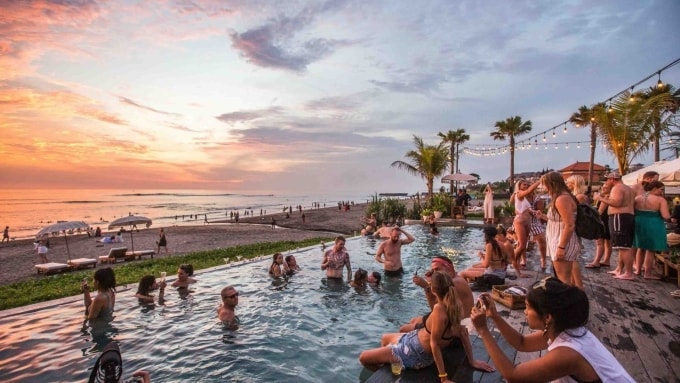
Bali, once known as the “land of peace ,” is topping Fodor’s Travel’s “No List 2025” due to the negative impacts of overtourism. Writer Laura French examines these issues and asks if responsible tourism can bring hope to the island.
Bali is under severe pressure from uncontrolled development. According to a 2018 study by the Transnational Institute, Bali loses about 1,000 hectares of agricultural land each year to the construction of hotels, resorts and beach clubs. This development encroaches on natural habitats and degrades Bali’s cultural heritage. A plastic disaster is unfolding here as tourists create massive amounts of plastic waste.
Popular areas like Ubud, Seminyak, Canggu and Kuta have lost their serenity. Once a tranquil destination, Ubud now has streets packed with cars and motorbikes, waterfalls packed with tourists taking Instagram photos, rice paddies turned into amusement parks or beach clubs with swimming pools built into hillsides.
Canggu, once a quiet surfing village, is now often congested with traffic, while Seminyak and Kuta have become commercialised hubs with glittering restaurants, luxury resorts and lavish beach clubs.
The number of international tourists to Bali is increasing rapidly with 5.3 million people in 2023, increasing to 6.3 million in 2024 and the target is 6.5 million in 2025. Meanwhile, the local population is about 4.4 million people.
This has led to fierce competition for resources like water and jobs, and skyrocketing land prices, leaving locals struggling, according to Fransiska Natalia, a Balinese and manager of the JED responsible tourism network. Estimates from 2010 show that 85% of the tourism economy is owned by non-Balinese, leaving local communities marginalized in their own industry.

Cultural issues are also alarming. Some disrespectful tourists have violated sacred sites, damaging Bali’s cultural heritage. In addition, activities such as dolphin tours in Lovina have been criticized for causing stress to the animals when boats approach too close, move quickly and move erratically. Although the Buleleng tourism board drafted new regulations in 2023, the issue has not been fully addressed.
Lesser-known areas such as Sidemen, Munduk, Lovina and Amed are also at risk of becoming overcrowded destinations like southern Bali. Plans to build a new North Bali international airport near Lovina, due to start construction in 2027, could exacerbate the situation if not properly managed. Natalia warns that mass tourism is spreading to rural areas, where large tracts of land have been snapped up by foreign investors. At this rate, it is only a matter of time before tourism saturates the entire island.
Bali’s government has tried to rein in the influx, but to no avail. In 2023, Governor Wayan Koster proposed a quota for visitors, but the plan never materialized. A proposed ban on the construction of new hotels, villas and clubs in September 2024 was also scrapped, with calls for “stricter controls” instead. Currently, a 150,000 rupiah ($9) tourist tax is in place from February 2024, but that is too low to make a significant difference.
Despite the challenges, Laura French has found hope in Bali’s less crowded areas. In rural Sidemen on the island’s east, French finds peace as she rides her motorbike past lush rice paddies, rustic villages and deserted roads.
She stayed at Bukit Luah Sidemen Guesthouse, a locally owned guesthouse, and enjoyed the serene atmosphere with views of hills and rice fields. Waterfalls like Jagasatru and Gembleng in Sidemen are mostly unvisited by tourists, offering a unique and close-to-nature experience.
The northern mountain village of Munduk also offers a similar atmosphere thanks to its stunning landscape of quiet roads, sparkling Tamblingan Lake and Banyumala waterfalls hidden in the green forest.
To protect these destinations, responsible tourism is key. Boycotting Bali is not the solution, she believes, but instead focusing on ensuring that tourism dollars flow into local communities. Stuart McDonald, co-founder of Travelfish.org, recommends that travelers choose Balinese-owned establishments, get to know their hosts, use local guides, and book tours with responsible companies such as Astungkara Way, Muntigunung Trekking, or JED.
These initiatives support village communities in lesser-known areas, providing more authentic experiences. For example, JED offers tours led by locals, helping to preserve culture and the environment.
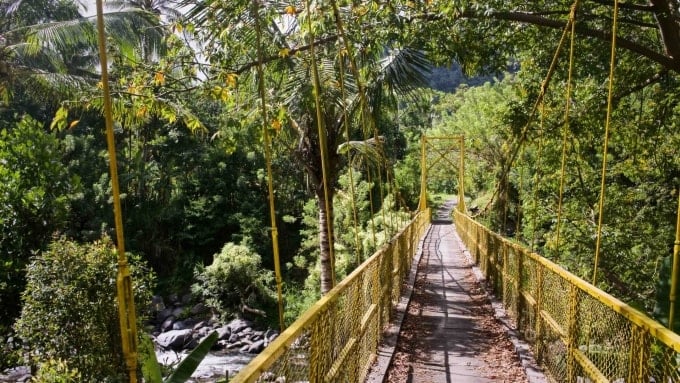
In addition, areas such as Tabanan, Pupuan and Les Village on the north coast remain relatively untouched, making them ideal for visitors looking to explore a Bali less affected by mass tourism. Kadek Riska, a musician and tour guide in Lovina, said tourism is an important source of income for many local families but needs to be managed well to avoid repeating the mistakes of the south.
On the government side, tighter controls are needed. While the construction ban has been lifted, implementing policies such as limiting visitor numbers or controlling infrastructure development could help preserve Bali’s charm. If done right, the North Bali Airport could bring economic opportunity to the island’s poorest region. However, the area needs to be managed to avoid adding to the pressure on Bali.
Bali is at a crossroads: continue to be overwhelmed by mass tourism or turn to responsible tourism to preserve its natural beauty and culture. Laura French found a pristine Bali with welcoming villages, waterfalls and countless rustic beaches. For these places to remain attractive, both tourists and authorities need to work together to ensure the “land of peace” becomes more than a distant memory.
TH (according to VnExpress)Source: https://baohaiduong.vn/du-lich-de-doa-thien-duong-nghi-duong-bali-412343.html











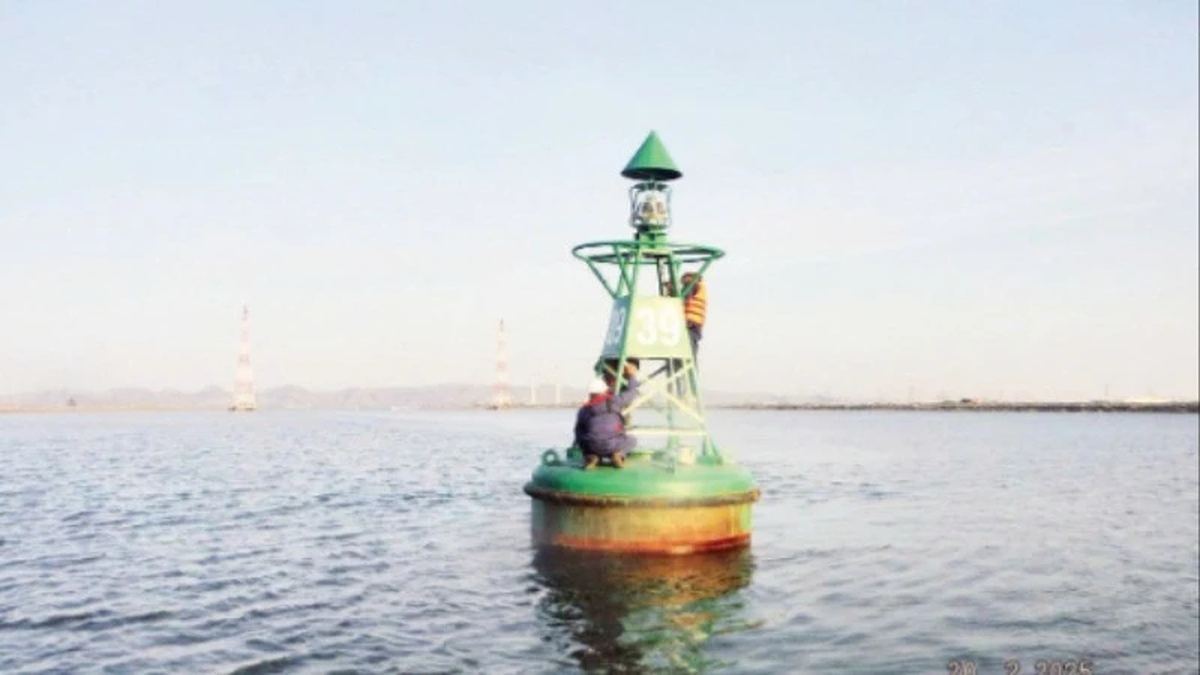










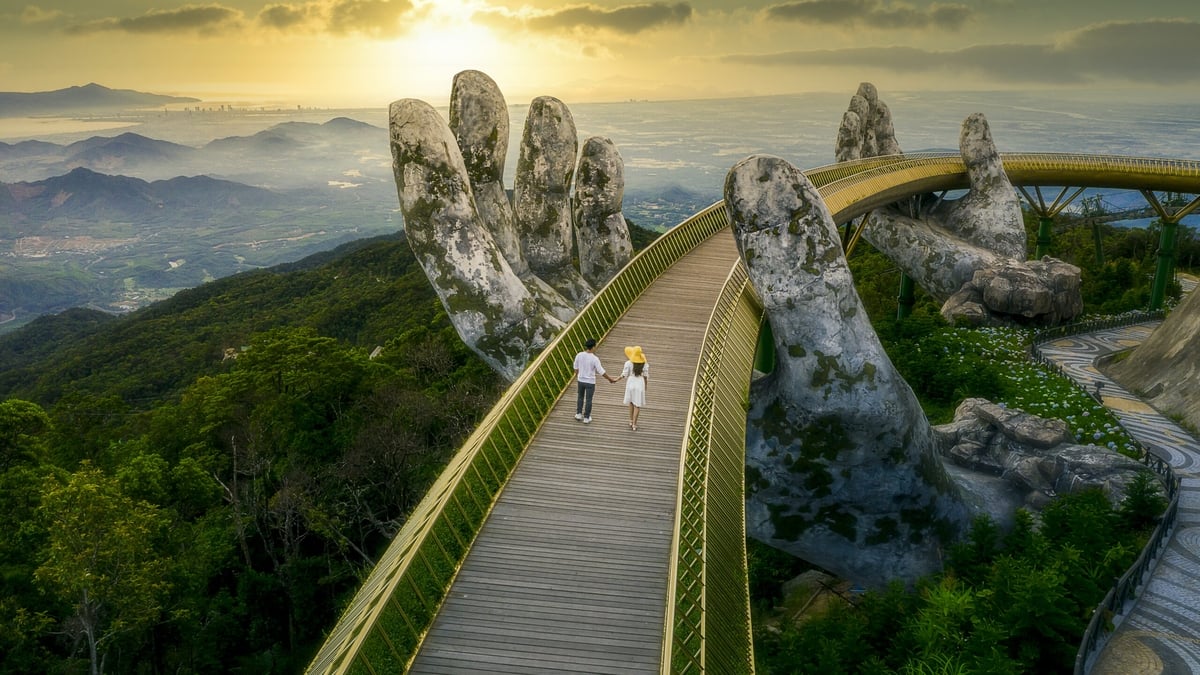


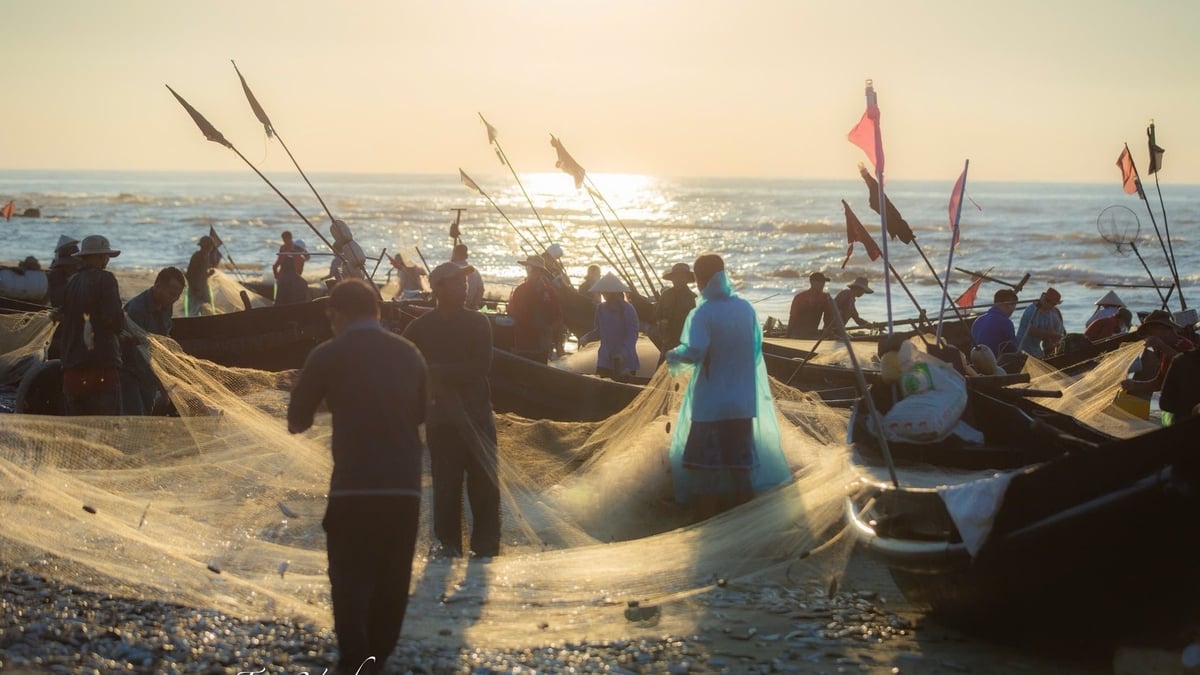
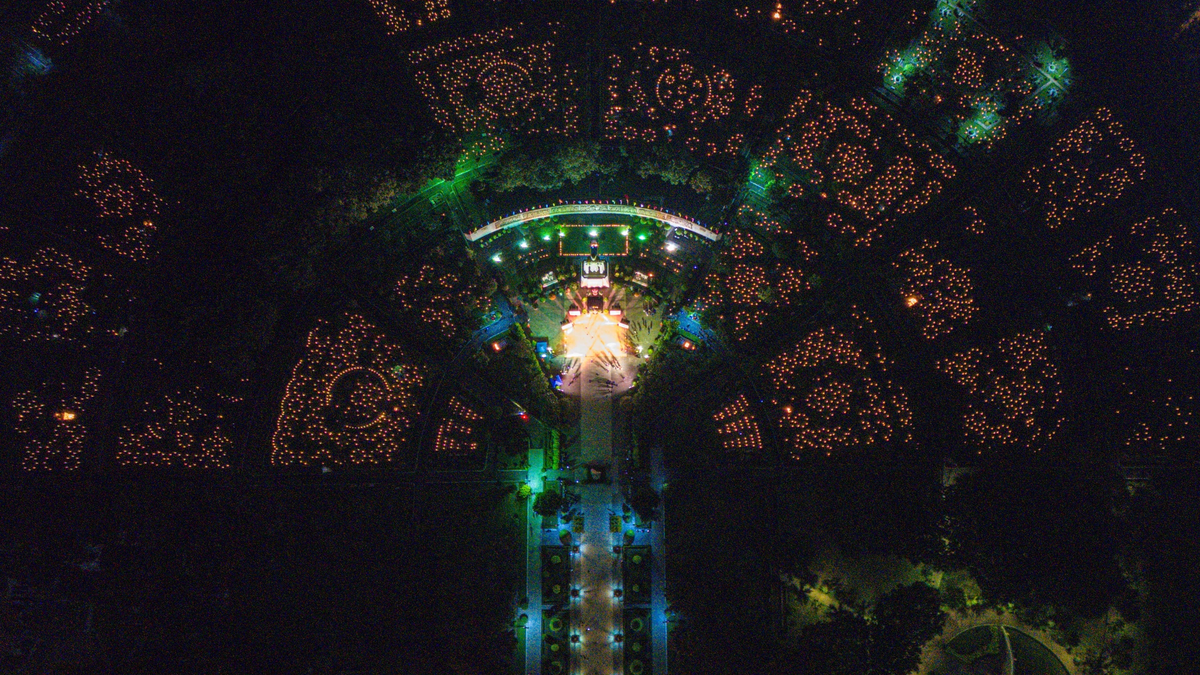







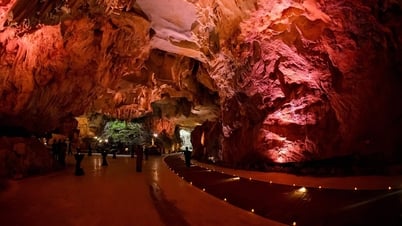


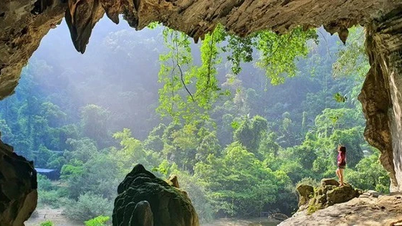

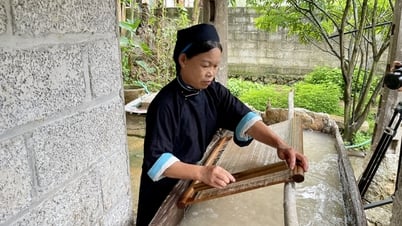

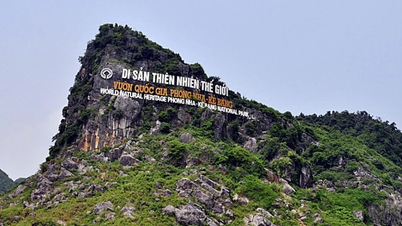









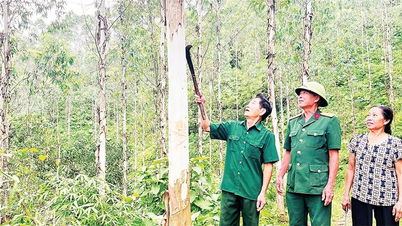

















![[Photo] National Assembly Chairman Tran Thanh Man receives Chairman of Morocco-Vietnam Friendship Association](https://vphoto.vietnam.vn/thumb/402x226/vietnam/resource/IMAGE/2025/7/26/b5fb486562044db9a5e95efb6dc6a263)


































Comment (0)